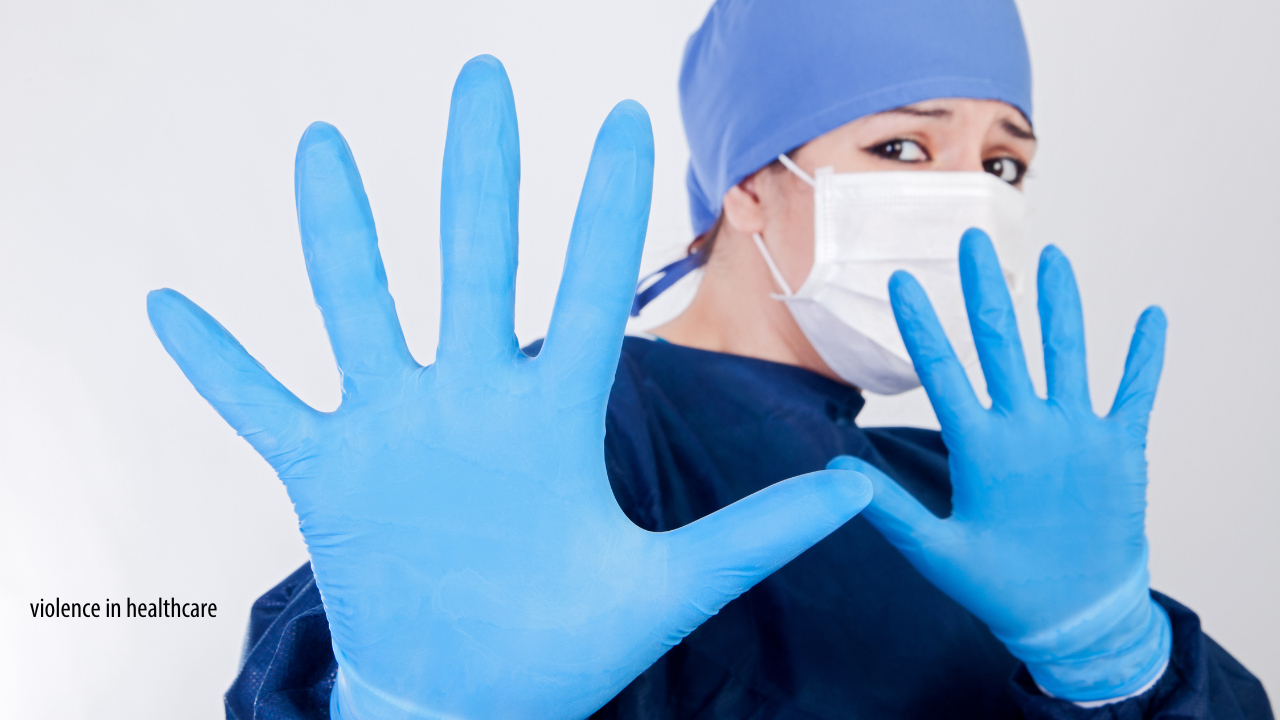Yes, Fear Impacts Our Bedside Manner

I have recently seen the same patient on two occasions in urgent care and refused to give a requested narcotic prescription for their chronic back pain. This patient has a very flat affect and a psychiatric history which makes each communication challenging. Following each visit, where the person eerily had almost no reaction and barely answered my questions while inside the examination room, the person called and emailed repeatedly to complain. This makes me very uneasy. In urgent care, I expect to make a few people angry. Healthcare related workplace threats and violence is highest in our ERs, hospitals and Urgent Care settings. Even though I know this, the majority of patients we care for are pleasant and grateful for my time and expertise. I try to remind myself of this when I feel nervous about a patient, but the reality is that I do need to be concerned. The US Bureau of Labor Statistics state health care and social service industries experience the highest rates of injuries caused by workplace violence and are 5 times as likely to suffer a workplace violence injury than workers overall. And it doesn’t make me feel great that these statistics were collected pre Covid in 2018. The psychological after-effects of the pandemic along with the rising costs of healthcare have only increased patient mistrust and dissatisfaction. Not to mention, one of the main reasons for directed violence toward physicians is refusal to give a requested controlled substance.
Of course it does not help that I was the urgent care physician working on the first floor of the midtown Atlanta medical building when a psychiatric patient walked into a primary care clinic on a floor above and shot several people due to anger over not receiving their requested medication. The details of that day are a story for another blog, but the psychological repercussions to those of us working on that day remain present. The prior year there was a targeted murder on the floor below my husband’s midtown Atlanta practice. It is not a medical building and this was not medically related violence, but the location was too close for comfort and involved the targeted killing of someone that had angered the murderer. And the day I read my angered patient’s latest complaint and was trying to decide how to respond, an alert popped through that a MARTA public transport bus driver was murdered over a fare dispute in the middle of the day. I’m sure there is some type of social science bias that explains away why I now feel an unease and that I might have a target on my back.
I’ve practiced full-time since 1998, and the only time I have ever called the police for a patient threat was during the pandemic. That particular episode involved a patient screaming in our waiting room and demanding she receive a certain treatment that I was not willing to prescribe. When I was trying to explain that medical treatment is not a get what you want type of service, she called me a four-word string of expletives and lunged a bit forward, so the police were called. She left before they arrived and let more of her frustration out by placing a bad review online about my failures as a physician. I laughed it off and said I needed a t-shirt with the added initials behind the MD, Laura Beaty MDFCBW, but the level of hostility really caught me off guard.
I enter encounters more cautiously now and feel I am always on alert. Certainly the rewards outweigh the negatives of what I do, but to have to think about my safety is unsettling.
Enjoying this post? There’s so much more to explore! For timely tips on health, wellness, and the latest in aesthetic medicine, be sure to check out my newsletter at MDSpin.com. Join our community and stay inspired!